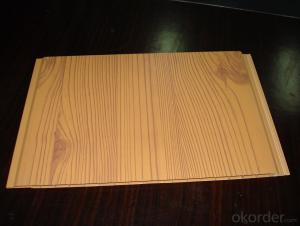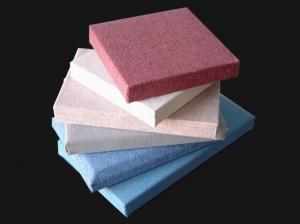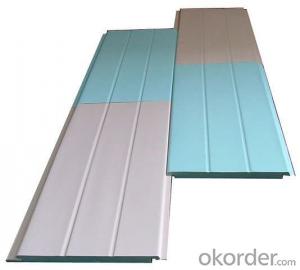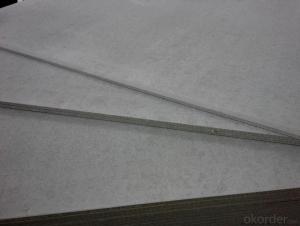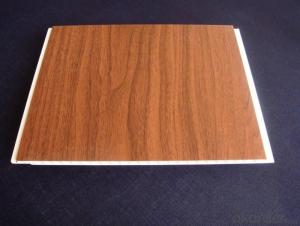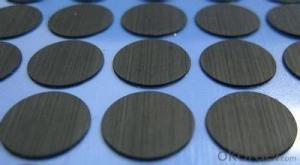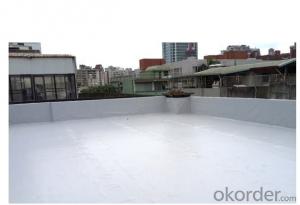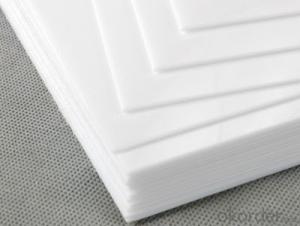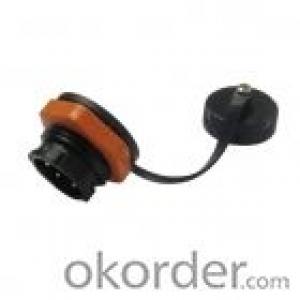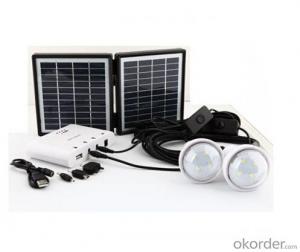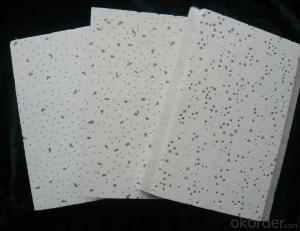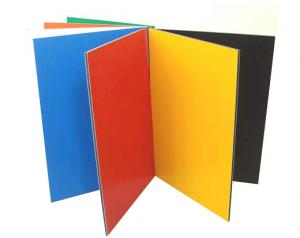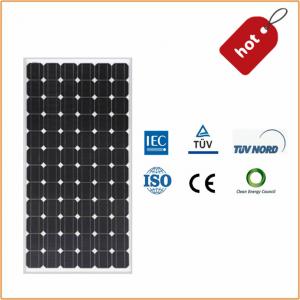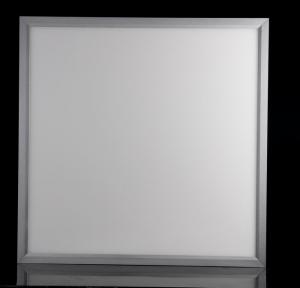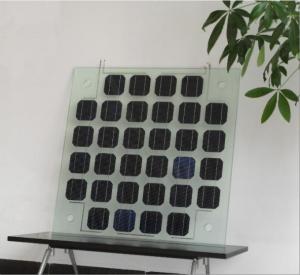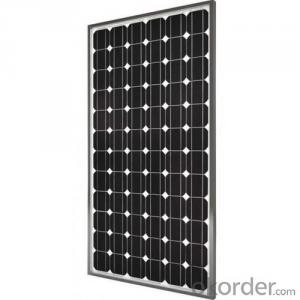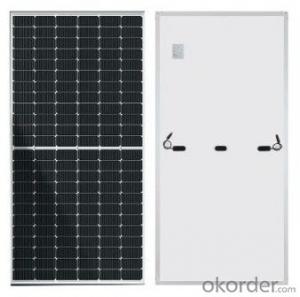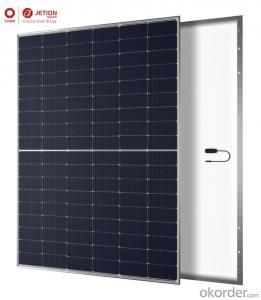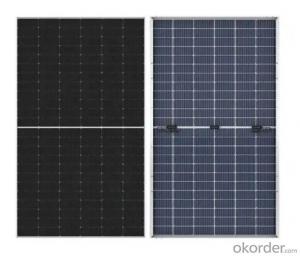Solar Panel Roof Mount
Solar Panel Roof Mount Related Searches
Shiny Or Dull Side Of Aluminum Foil For Cooking Inverter For 100w Solar Panel Solar Panel Inverter For Rv Pvc Tiles For Walls Wall Lights For Bedrooms Inverter Ac With Solar Panel Solar Panel With Inverter Kit Solar Panel Kits With Inverter Solar Panel With Inverter Direct Roving For PultrusionHot Searches
Used Sandwich Panel For Sale Pvc Chairs For Sale Tilt Panel Props For Sale Lightweight Scaffolding For Sale pvc pipe manufacturers in usa Sandwich Panel Price In India China Solar Panel Inverter Solar Inverter Panel Price China Pvc Geomembrane Sandwich Panel Manufacturers In Bangladesh Pvc Roofing Sheets Price India Pvc Roofing Sheets Price pvc resin price index Solar Panel Inverter Size Solar Panel Inverter Suppliers Q Cells Solar Panel Prices Tesla Solar Panel Inverter Honeycomb Sandwich Panel Suppliers Type Of Inverter For Solar Price Of Shipping Containers For SaleSolar Panel Roof Mount Supplier & Manufacturer from China
Okorder.com is a professional Solar Panel Roof Mount supplier & manufacturer, offers integrated one-stop services including real-time quoting and online cargo tracking. We are funded by CNBM Group, a Fortune 500 enterprise and the largest Solar Panel Roof Mount firm in China.Hot Products
FAQ
- My family has been interested in solar technology for a long time. I want to know how to save money so I can get as many solar panels as possible. I know the government has different discounts/ grants, and there may be tax incentives. I am not looking to sell energy to the energy company I want to use the energy directly.
- Nothing good comes from the government ,nothing .so why would you think they would really help in this matter . If the government is involved , that is a good indicator to stay away.
- Solar panels can significantly reduce a property's operating costs by generating clean and renewable energy, thereby reducing or even eliminating the need for traditional electricity from the grid. This results in lower monthly utility bills, as well as potential incentives such as net metering or feed-in tariffs that allow excess energy to be sold back to the grid. Additionally, solar panels require minimal maintenance and have a long lifespan, further contributing to cost savings over time.
- Yes, solar panels can still be used in areas with high levels of humidity. While high humidity can affect the efficiency of solar panels to some extent, they are designed to withstand various weather conditions, including humidity. However, it is important to note that regular maintenance and cleaning may be required to ensure optimal performance in such environments.
- If a solar panel is a .5kW system, what length of time is it putting out that much power? Every hour?
- Solar panels are rated under standard test conditions (STC), a certain amount of light at a certain distance, at a certain temperature, etc. A kW, or kilo watt, is 000 watts. So for the amount of time that the sun meets those conditions, the rate of output is 500 watts. An average location has an average of 5 sun hours a day, the total time that you produce the rated output. Watts is a rate, like miles per hour (mph), how fast it is going. Watt hours, or kilo watt hours (kwh) is a quantity, like miles. So if you drive 50 mph for 5 hours, you went 250 miles (50 mph x 5 hours). If you produce .5kw for 5 hours, you have the potential to produce 7.5kwh a day. Multiply that by 30 days in a month, you get 225kwh a month. In reality you will lose about 30% of the rated power from less than ideal weather, system losses, etc., so it's more like 50kwh a month. You can look at your electric bill to see how many kwh you use a month, maybe around 000kwh, and see what percentage of your usage a system like that can power.
- Yes, solar panels can be installed on assisted living facilities. In fact, many assisted living facilities are now opting for solar panel installations to reduce their energy costs and carbon footprint. Installing solar panels on these facilities not only helps save money in the long run but also promotes sustainability and environmental responsibility.
- Solar panels can have a positive impact on the resale value of a home. Studies have shown that homes equipped with solar panels tend to sell faster and at a higher price compared to those without. This is mainly because solar panels offer potential buyers the benefit of reduced energy costs and a more sustainable lifestyle. Additionally, the presence of solar panels can enhance the overall appeal and desirability of a property in today's environmentally conscious market.
- Yes, solar panels can be used to power a greenhouse. Solar panels are a sustainable and efficient energy source that can generate electricity to operate various greenhouse systems, such as lighting, heating, ventilation, and irrigation. By harnessing the sun's energy, solar panels provide a clean and renewable power supply, reducing greenhouse gas emissions and minimizing reliance on conventional energy sources.
